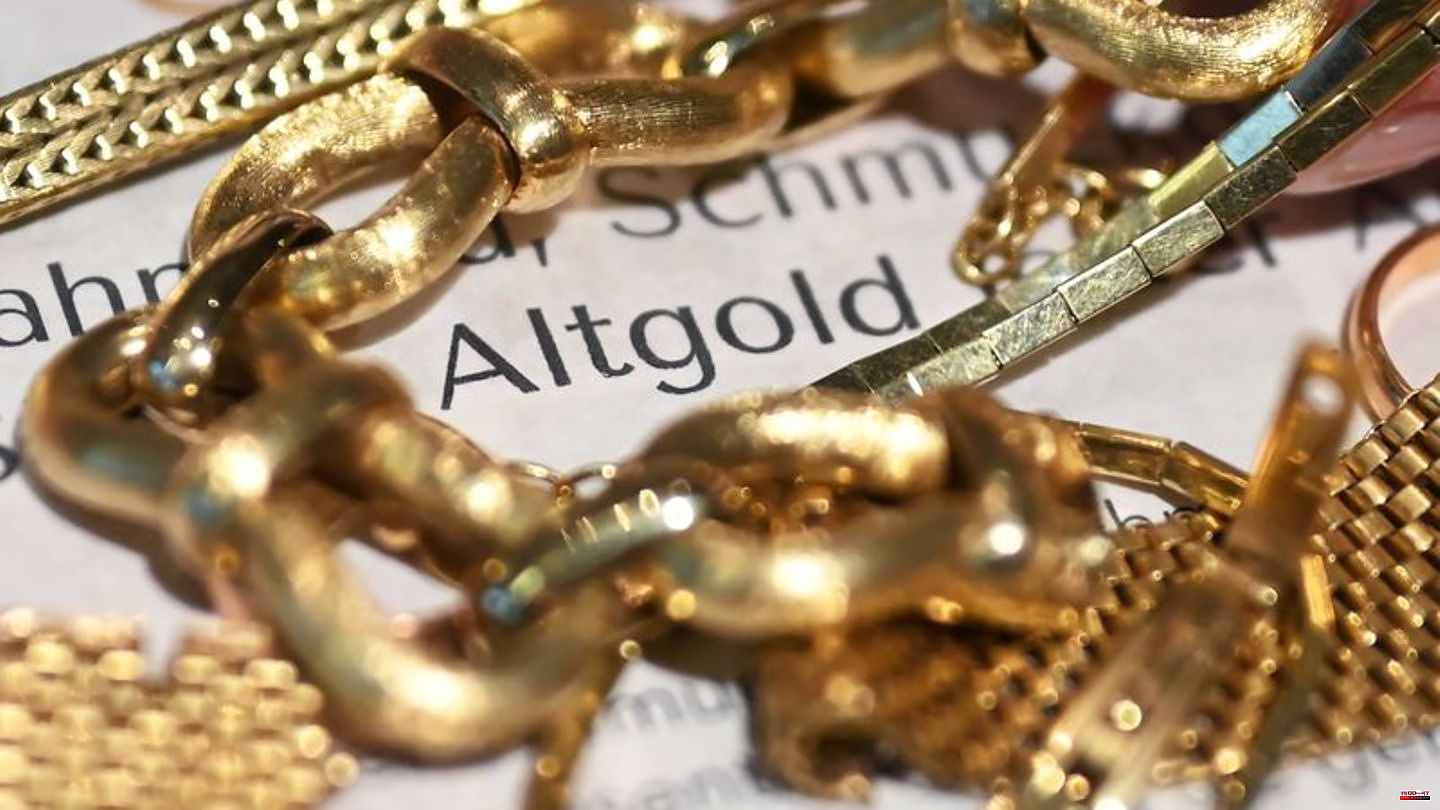Fair trade coffee has been around for years, the green button in the textile industry only since 2019 - but who thinks about sustainability when buying a chic watch or expensive bling?
More and more customers, says Guido Grohmann, General Manager of the German Industry Association of the Jewelry and Watch Industry BVSU. "Retailers have recognized that the topic is on people's minds." That's why sustainability is the focus of this year's Jewelers' Congress, which begins on Sunday in Pforzheim.
According to Grohmann, the industry has no catching up to do. But some things could be done better. Above all, it is important to consider how the end consumer is made aware of the commitment. It starts, for example, with the tray on which selected pieces of jewelery are presented: wood rather than plastic.
Joachim Dünkelmann from the Jewelers' Trade Association (BJV) also explains: "The jewelry and watch industry is much more advanced when it comes to sustainability than it seems at first glance." Dealing responsibly with nature and natural resources is increasingly decisive for customer acceptance. "That's why we have to take the issue out more aggressively."
It's about trust
The congress should bring both sides - industry and trade - together, says co-organizer Christine Köhle-Wichmann from Deutsche Schmuck und Uhren GmbH. So that one learns what the other is doing. In the end, it's all about building trust with the customer.
In the future, they should be better able to see what the industry is already doing in terms of sustainability: Whether it's careful handling of chemicals, closed water circuits in production or fabric bags for transport instead of plastic. "The packaging used to be big and colourful, with a metal band," says Köhle-Wichmann. Today natural paper and raffia are in demand. Some dealers work together with companies from the region - another plus point.
Grohmann also points to a high recycling rate for gold. The specialist association for precious metals puts this at almost 100 percent for gold produced in Germany. In the case of gold in particular, there are very strict laws that the industry wants, for example, for diamonds produced in the laboratory with high energy consumption.
Environmentally-related advertising statements not desired
In this context, the local leading associations of the watch, jewelery and gemstone industries welcome a ban on general environmental advertising claims proposed by the EU Commission if the "environmental performance" of a product cannot be proven. In such cases, reference has been made in Germany to the law against unfair competition, says Grohmann. The more general a law is formulated, the easier it is to get out of it.
With gold, there are certificates for production standards that are also checked, confirms Philip Heldt, environmental expert at the NRW consumer advice center. This is more difficult with precious stones, for example, as there is nothing comparable here. Some dealers tried to explain the origin as well as possible on the Internet. "But that's just not a mass market like the Fairtrade banana or the Fairtrade coffee that is available in every supermarket." Basically, every goldsmith would have to deal with the topic for himself.
Heldt sees politics as a duty. The supply chain law only applies to very large companies. "The jewelry industry is fine for now. You can do more voluntarily, but you don't have to." Organizations such as the PowerShift association, which is committed to an ecological, solidarity-based energy and global economy, or IPIS Research from Belgium, which deals with responsible procurement and trading of diamonds and other minerals, repeatedly point out the limited possibilities of checking the origin towards the raw materials.
Mining of gold problematic
"Does it even have to be the sapphire, does it have to be gold?" Asks Heldt from the consumer center. Jewelry can also be made from other materials such as stainless steel or wood. Or you can melt old gold. The origin is perhaps not always clear. "But from a sustainability perspective, it's better to take unused jewelry than new gold." The expert warns that the mining of gold is one of the most environmentally harmful extraction of raw materials. Just one gram of gold can be extracted from a ton of ore mining. In the case of silver, it is at least several kilograms.
For the manufacturers - often small companies with few employees - the documentation of compliance with high standards means a lot of hard work, Köhle-Wichmann makes clear. "Previously, those who really felt it would talk about sustainability. Today, many jump on the bandwagon, but not everyone meets the requirements."
Some products become more expensive when sustainability is taken into account, Grohmann admits. Again, for example, transport costs could be saved. "However, these aspects are rather negligible in view of the rising gold price and inflation."
Information on the Jewelers' Congress Information from IPIS associations on possible EU specifications Specialist Association for Precious Metals on gold recycling Specialist Association for Precious Metals on self-commitments PowerShift on raw material transition Information on the German control body EU due diligence obligations in raw material supply chains







